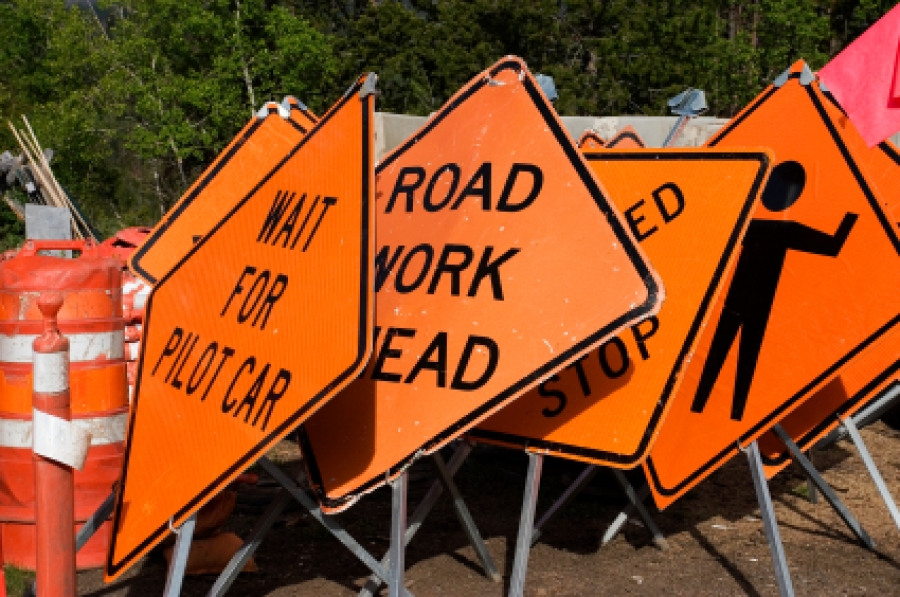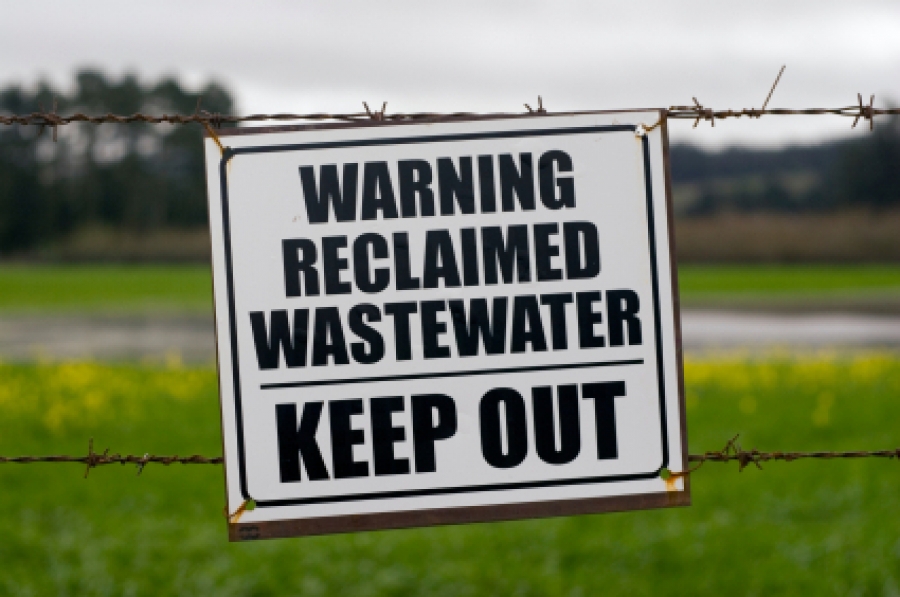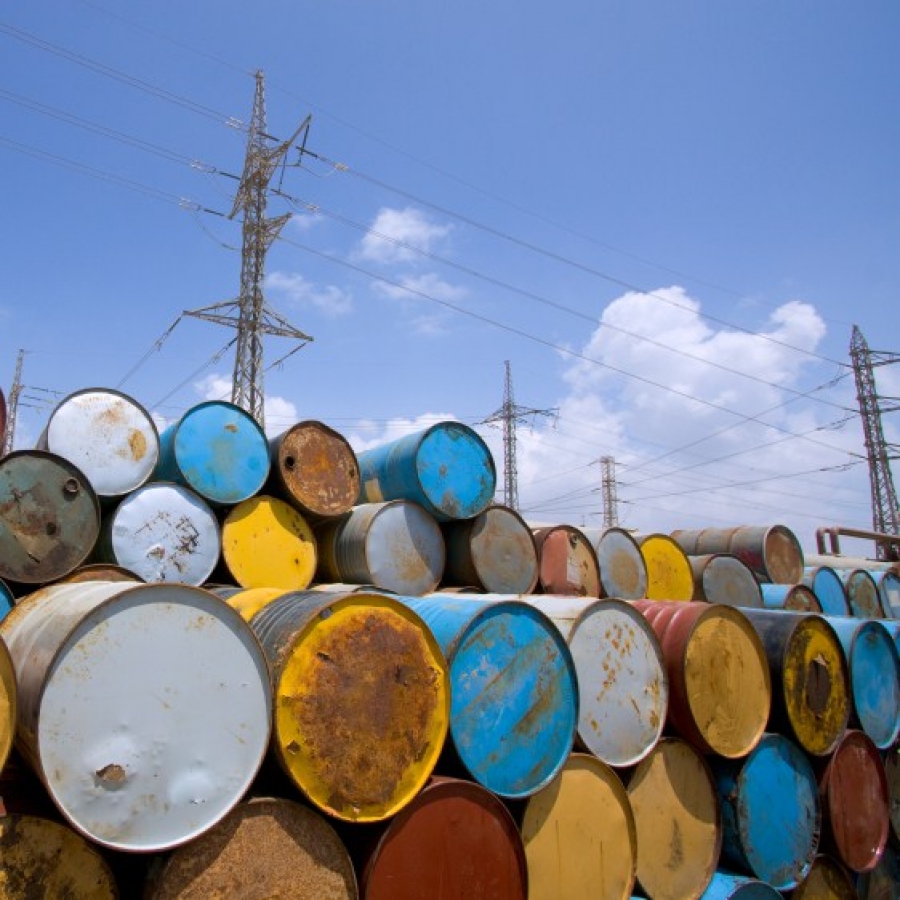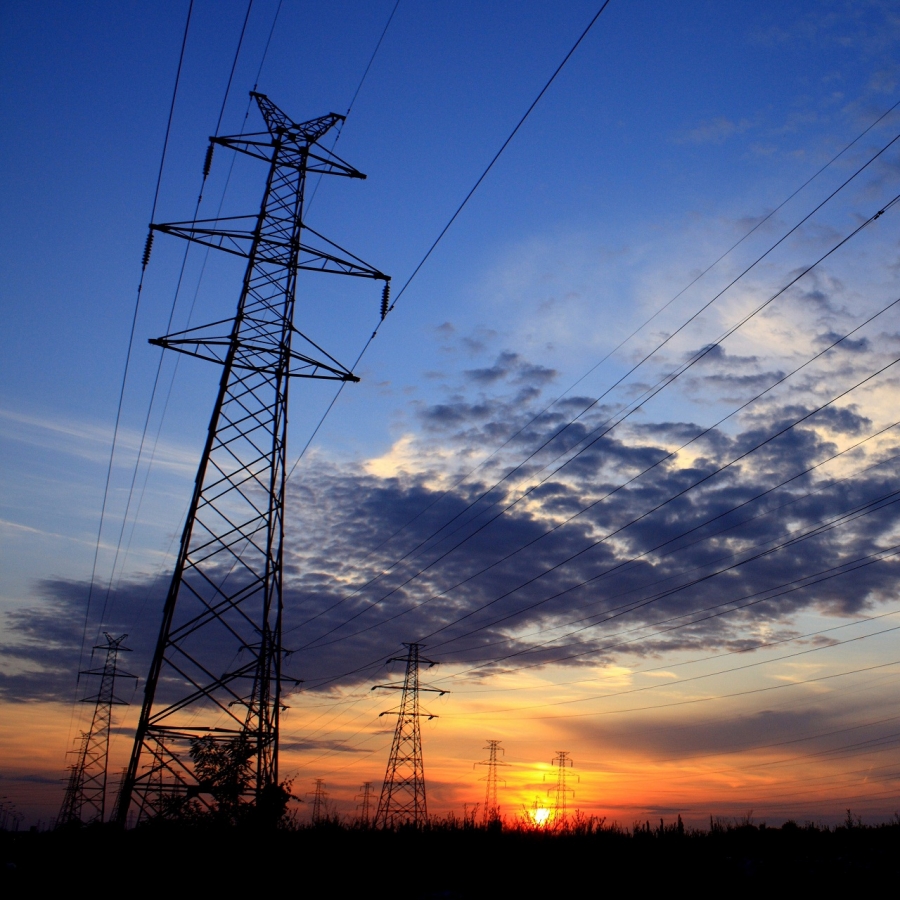U.S. Schools Infrastructure: Is Funding Enough?
“Assessing the conditions of the nation’s public schools remains a difficult process,” says the American Society of Civil Engineers (ASCE) in their 2009 Report Card for America's Infrastructure. The problem leading to this "D" grade seems to be funding. However, part of the problem is that we don’t know how much of a problem we have.

School infrastructure consists primarily of buildings -- facilities such as classrooms, gymnasiums, performing arts centers, administration buildings, and bus barns. Less study is done on these than on other types of infrastructure covered by the ASCE’s report card. The most recent study on public schools dates from 1999, the Department of Education’s report Condition of America’s Public School Facilities. Before that was a report by the General Accounting Office in February 1995. Both of these studies concluded that school needs were great and that an expenditure of between $100 and $150 billion was needed to bring school buildings up to minimum standards.
Yet the needs were being met, for increases in school construction outpaced enrollment gains during the early 2000s. The 10 years ending in 2007 saw an almost unprecedented number of building projects. However, while that improved the situation, it still left our K–12 schools underbuilt. ASCE estimates that $160 billion is needed over a five-year period, against estimated spending of only $125 billion, leaving a shortfall of $35 billion. Will the school systems around the country ever get ahead of construction needs? How will falling revenues resulting from declining home values affect property tax revenues, still the biggest funding vehicle for public schools?
The Gravette school district, in Benton County, Arkansas, seems to be one school system bucking the trend. From 1998–2010, they built two schools and added to others. “We added a new high school in 2007,” says Dr. Marion Harris, long-time member and current chairman of the Gravette School Board. “We built an upper-level elementary school in 1998 and have since added to it. At present we do not use any portable buildings.” Growth, not the need for modernized facilities, has fueled this construction. “We added PE facilities to the lower-level elementary school, a fine arts center to the middle school, and took the occasion of building the high school to include a performing arts center,” Harris says.
Modernization can be just as big a factor as growth. Technology needs have rendered some of our nation’s schools almost obsolete. “We believe we are ahead of the curve with technology,” Harris says. The days of simple reading, writing, and arithmetic are long gone. Computers are now a necessary component of modern education. Any school building that is not wired for the Internet needs some kind of renovation. Modernization is a very real capital expense for which school districts must budget. “We are well funded,” Harris says, “and that has allowed us to provide our students with modern facilities.”
That’s all well and good, but Gravette is a small district, with just 1,750 students. How is it going in larger school districts? How are they keeping up with the building of new facilities and modernizing of old? The ASCE report indicates that signs of a slowdown in new school construction were appearing in 2008. Today, however, we don’t really need a report to tell us this. We can sense it from the general economic condition. Public school districts, like every institution of government at every level, are feeling the pressure of the recession. When dollars are limited and districts face the prospect of laying off teachers or getting by for a few years with a slightly too small school with slightly out-of-date technology, school construction will suffer first.
The school districts have been building, however. From 1995 to 2004, more than 12,000 new schools and more than 130,000 renovation projects were undertaken by the 14,200 school districts in the United States, according to a report by Building Educational Success Together. The same report found that these projects occurred disproportionately in wealthier school districts by a factor of almost 2:1. For this reason, 31 states have seen lawsuits brought by poorer school districts challenging how costs are distributed between school districts on a state-wide basis. These lawsuits can have a bearing on facilities and may drive where limited capital dollars will be spent. Gravette had to respond to the results of just such a lawsuit, a lawsuit in another part of the state, says Harris.
Public education marches on, and the required facilities must now give place to a whole host of new concerns. I attended Cranston public schools in Rhode Island, where school after school was built for decades to meet the combination of suburban flight from neighboring Providence and the post-World War II baby boom. Now growth is less of a problem than keeping facilities up to date.
A look at the website of the Cranston public schools shows that infrastructure-related issues include an asbestos report and energy management conservation guidelines, two items that didn’t exist in terms of capital improvements a generation ago. Now such issues consume financial resources that could be used for expansions, renovations, or full replacement of outdated schools. School district minutes indicate that no new school buildings are planned, or even major capital projects. Consolidation of facilities has been studied rather than expansion.
Back in Gravette, Harris declined to give the infrastructure of his school system a letter grade. “We are fortunate to have a well funded district,” he says, “with an adequate tax base. We’ve put a long-range plan in place that includes a future elementary school in a population center far removed from the current schools. We’ve been able to expand where needed, and to keep on top of all requirements of the state.”
If all school districts could do what Gravette has been able to do, perhaps the ASCE would be able to give the schools a B, or maybe even an A-. It’s certainly a goal worth shooting for.

David A. Todd
A senior engineer and corporate trainer of engineering for CEI Engineering Associates, Inc. David has 36 years of experience as a consulting civil engineer. His experience includes water, wastewater, stormwater, roads, and solid waste infrastructure. For much of the last 20 years he has been involved with stormwater issues. Specifications and construction administration have been a specialty of his within civil consulting engineering . He has BS and MS degrees in Civil Engineering, is a registered engineer in four states, and a Certified Professional in Erosion and Sediment Control.





